All You Need to Know About the Japanese Monarchy
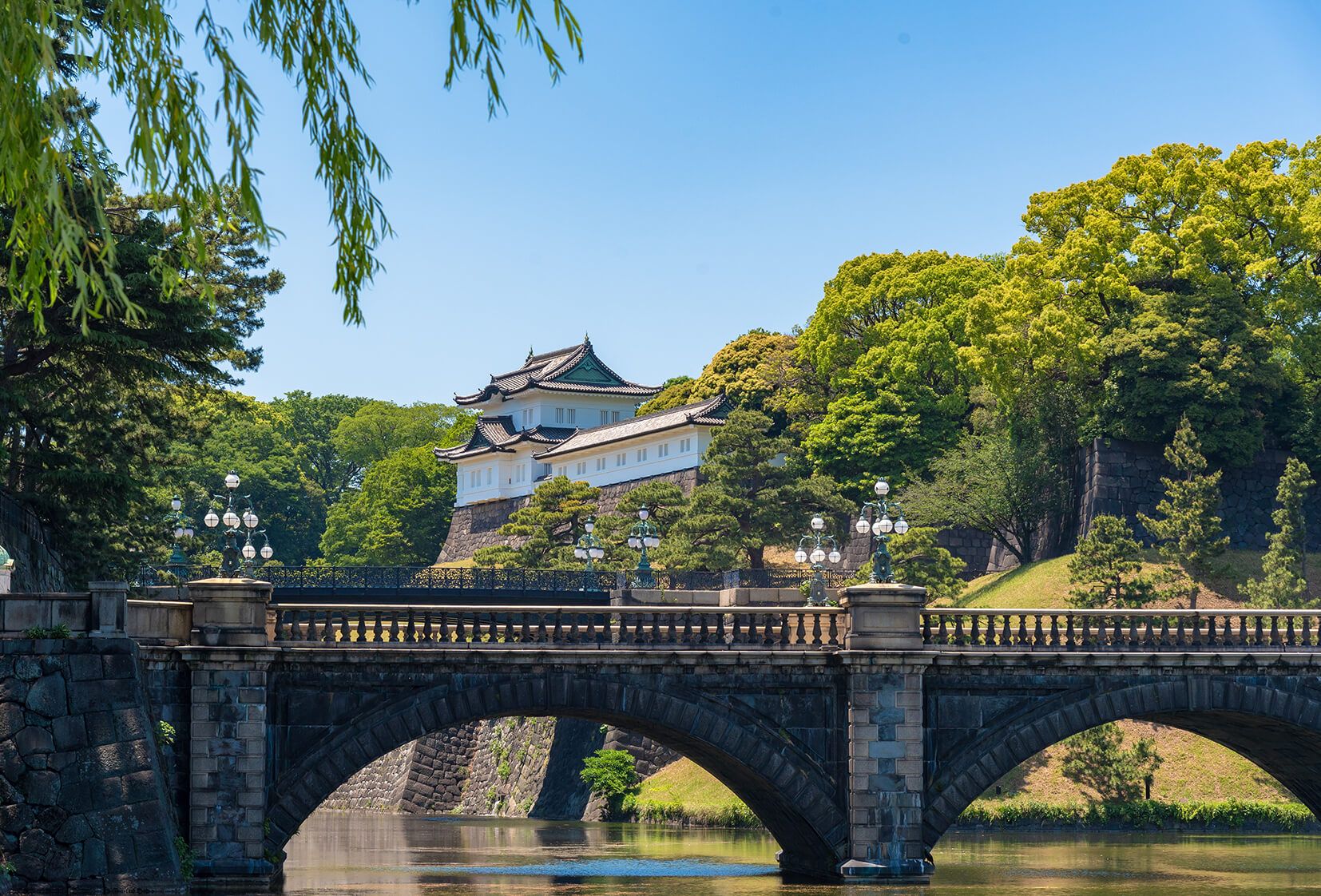
Many of us have grown up with tales of enchanted kingdoms. For some of us, this was probably how we started to take an interest in royal figures. After all, the idealized lifestyle of a singular family with rule over all appeals to many. Just look at the widely popular books and television series about fictional royalty.
Stories about queens and kings seem to have been around forever. Your grandparent’s grandparents would have stories about a kingdom far, far away. We could posit the presence of royalty throughout history for as long as there have been stories about them. In fact, there is a family that has existed as timelessly as these tales.
We’ve grown to understand further how a monarchy goes beyond crowns and thrones. It involves politics and expansionism, and it could be interesting to see how one family has ruled for so long. So, let’s look into what many people claim as the world’s oldest family of royal descent: The Imperial House of Japan.
Table of contents
Japanese Monarchy: Inside the Imperial House of Japan

Anyone fascinated by Japanese history will inevitably come across the royal family of Japan. This monarchy has been around for quite a while (read: a thousand years), and the lives of its members would pique anyone’s interest.
House members have intricate relationships and roles within their society. It would be interesting to piece together connections and find how their lifestyles echo in the current era. Looking back in history is assessing the origins of a subject. The insights we gather from this background check are keys to understanding modern Japan is what it is. So, let’s start from the beginning:
The World’s Oldest Monarchy – A Brief Introduction
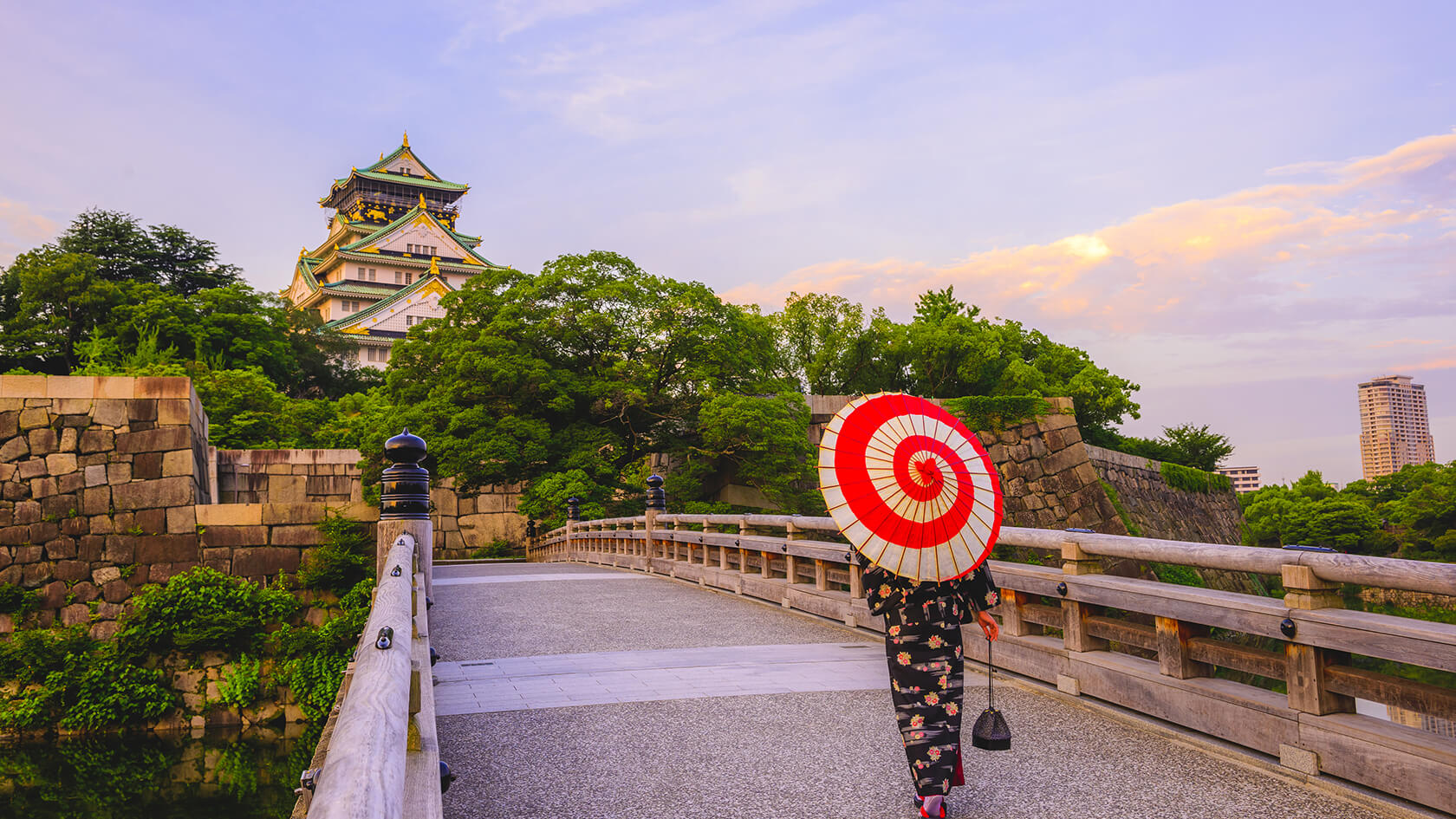
The Imperial House of Japan, also known as the Yamato Dynasty, contains the longest-ruling royal family. With 126 recognized rulers today, the Japanese monarchy supposedly began in 660 B.C. with the legendary Emperor Jimmu. He was believed to have descended from the Japanese Sun Goddess Amaterasu.
In Japanese mythology, Amaterasu sent her grandson Ninigi to earth with 3 Sacred Treasures: the sword Kusanagi, the jewel Yasakani no Magatama, and the mirror Yata no Kagami. He landed in the Izumo Province of Japan. Ninigi negotiated rule over the land with Okuninushi no Mikoto, the ruling god at the time and son-in-law to the storm god Susanoo. Okuninushi was granted control over religious affairs, thus conceded to Ninigi.
Ninigi married one of Susanoo’s descendants, Princess Konohanasakuya. The couple bore 3 sons, one of whom was Hikohohodemi no Mikoto or Hoori for short. Hoori then married a daughter of the sea god Owatatsumi, Princess Toyotama. This couple bore 1 son, Ugayafukiaezu no Mikoto. This is where the drama begins.
Hoori had promised to look away while his wife gave birth, but he let curiosity get the best of him and spied on her. Princess Toyotama was disappointed by her husband’s betrayal and returned to the sea. She then sent her younger sister, Princess Tamayori, to help raise Ugayafukiaezu.
Ugayafukiaezu wedded Princess Tamayori upon adulthood. Together, they had 4 sons, the youngest of whom grew to become Emperor Jimmu. He and his brothers traveled eastward from the island Kyushu to rule the country from the center. They’ve encountered battles with local chieftains throughout their journey and then found themselves in Yamato.
Nigihayahi no Mikoto, who also claimed divine descendance, had ruled Yamato then. Upon meeting Jimmu, Nigihayahi relinquished his power over to him, having recognized his legitimacy. Thus, Yamato became Jimmu’s seat of power, where he established his royal house around the Chrysanthemum Throne.
Subsequent emperors claim descent from this legendary figure. So, the same family has occupied the Chrysanthemum Throne for over 1,500 years. We must note that emperors from Jimmu until the 9th emperor are regarded mythological. Historical authenticity is most believable beginning only with the 10th emperor (1st century B.C.), while the most verifiable starts only with the 25th emperor (6th century A.D.). Regardless of historicity, Japan still has claim over the world’s oldest continuous hereditary monarchy.
Pre-World War II Roles
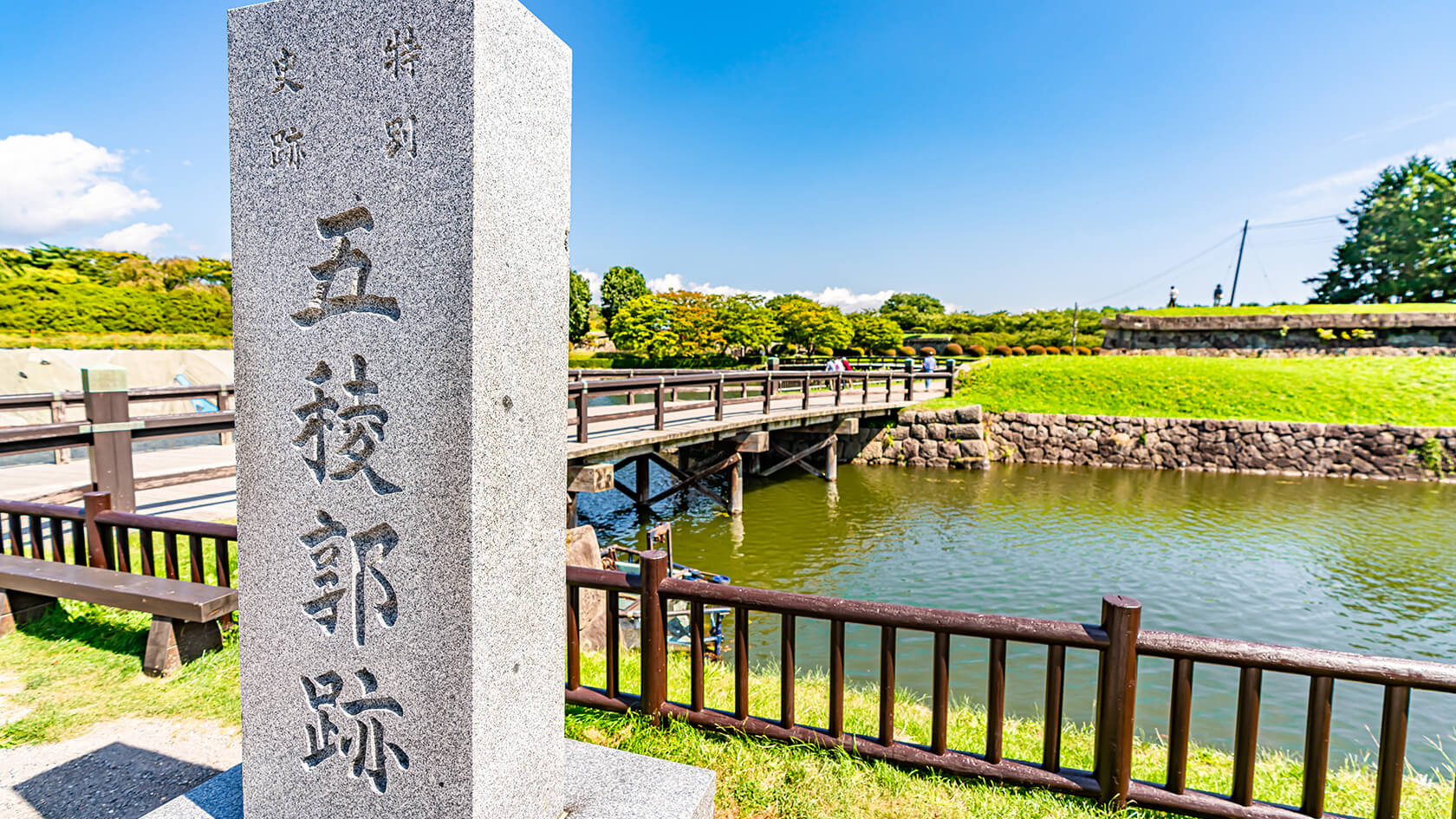
The Japanese revered their emperors for their divine status. However, their connection to the gods merely granted them figurehead status and had limited opportunities to exercise their absolute power. The emperor’s subdued influence was most apparent during the Edo Period (1603-1867), in which the Tokugawa Shogunate ruled Japan.
The Imperial Family had lived in Kyoto during this period. Meanwhile, the shogun rulers in Edo (now Tokyo) had overseen political and administrative matters of Japan. The Tokugawa Shogunate had grown unstable in its final decades. Amid western forces drawing closer while peasants gathered for protests and revolts, Japan had demanded to return under direct imperial rule.
Those who remained loyal to the emperor had won out the Tokugawa Shogunate. In 1867, the last shogun ruler, Tokugawa Yoshinobu, had stepped down. This restored the 122nd Emperor Mutsuhito as an absolute monarch. Records may refer to him as “Emperor Meiji” since Japanese emperors take on posthumous names after the era of their reign.
Japan under Emperor Meiji’s reign had started turning into an actual empire, as it had begun territorial expansion. Japan acquired Chinese territories, including the Korean Peninsula, the Liaodong Peninsula, and Taiwan after emerging victorious in the First Sino-Japanese War between 1894-1895. Japan also won the 1904-1905 Russo-Japanese War, which came as a global shock as it was the first instance of an Asian force defeating a European one.
The height of Japanese Imperialism came during the reign of Meiji’s grandson, the 124th Emperor Hirohito. He ruled the Shōwa era from 1926-1989 as the longest-reigning monarch in the history of Japan. Emperor Shōwa had supreme authority, as per the Meiji Constitution implemented in 1889. However, in most cases, he only approved policies that his advisers and ministers had crafted.
Many historians debate Emperor Shōwa’s role in the increasing militarization Japan had seen at the beginning of his reign. They are divided between whether or not Hirohito had been actively involved in Japan’s expansionist policies. Still, he remained complicit in uniting with the Axis Powers, which ultimately led to the Surrender of Japan in 1945.
Emperor Shōwa agreed to the terms of the Allied Powers, which included the public disavowal of his and the previous emperors’ quasi-divine status through radio broadcast. Nevertheless, Hirohito had lived some 40 more years to witness Japan rise as the 2nd largest economy in the world.
Modern-Day Roles
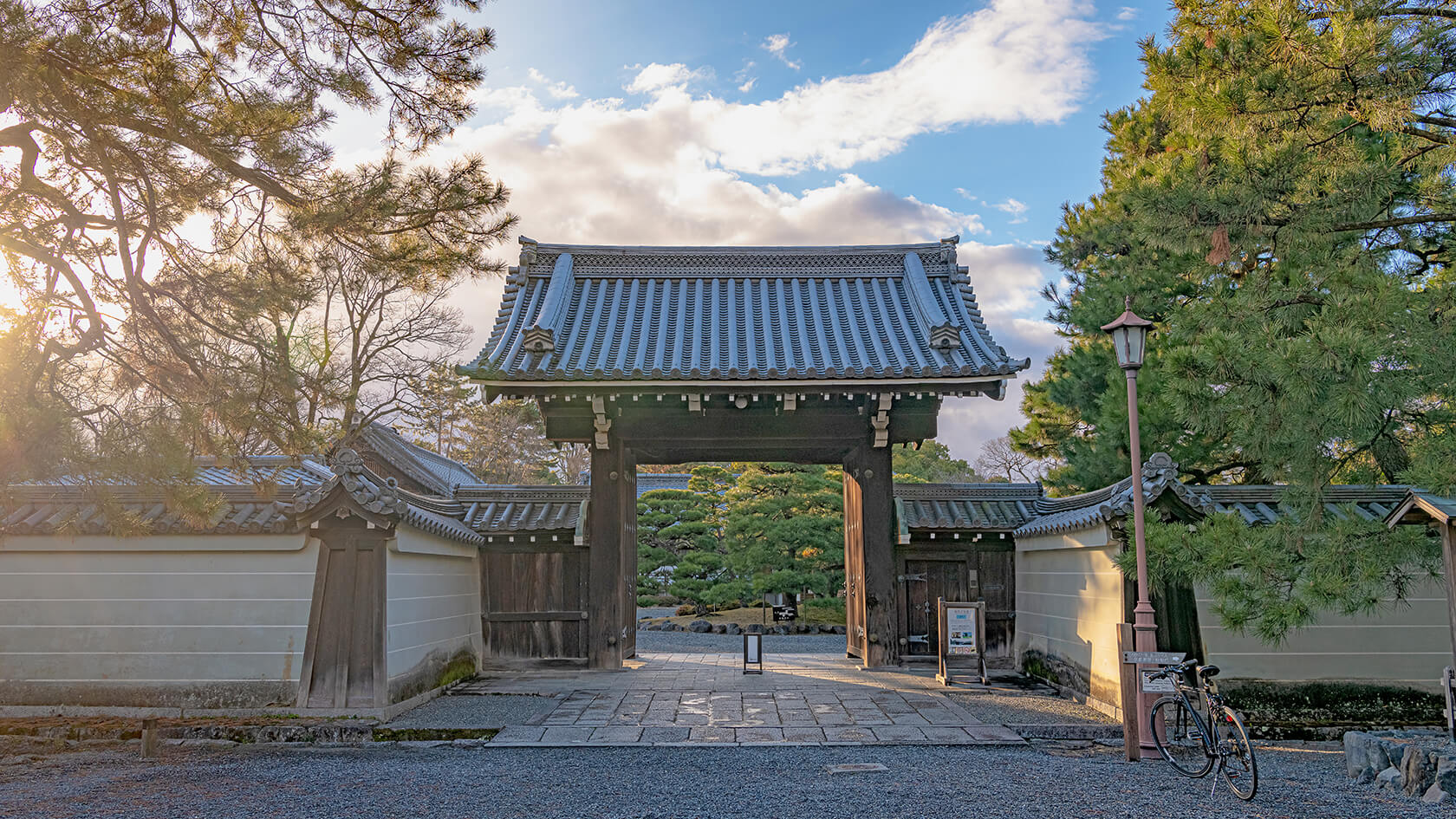
As of 1947, Japan has been a constitutional monarchy. Sovereignty lies with the people instead of the emperor. As the Japanese Constitution states, “The Emperor shall be the symbol of the State and of the unity of the People.” Hirohito then authorized publications of his personal life in an effort to bring the Imperial Family closer to the public. His popularity kept the imperial system alive.
Japan is currently in the Reiwa era, under Emperor Naruhito’s rule. He succeeded his father, Emperor Emeritus Akihito, having abdicated the throne after 30 years of reigning. Akihito is the first Japanese monarch in over 200 years to hand over his royal duties to his successor before death.
Among the official duties that Naruhito inherited is presidence over ceremonial activities. Ministers of State, Secretaries, and Commissioners require royal appointment from His Majesty the Emperor. He also promulgates or enacts the laws that the Diet or Parliament of Japan has approved. Needless to say, the emperor also meets with foreign ambassadors as the representative of his country.
Emperor Naruhito has a daughter with Empress Masako named Princess Aiko. Women of the Imperial Family cannot take on empirical duties as the current house law stipulates, “The Imperial Throne shall be succeeded to by a male offspring in the male line belonging to the Imperial Lineage.” Instead, they may take on jobs at nonprofits for the good of the public, by permission of the emperor.
Thus, the future of the Japanese Monarchy rests on the shoulders of Naruhito’s 12-year-old nephew, Prince Hisahito. His birth seemed to eclipse the debates on revising the Japanese Constitution to allow women to ascend the Chrysanthemum Throne. In any case, many Japanese embrace the idea of a female ruler, citing Queen Elizabeth II of the United Kingdom, and the matriarchal origins of the Imperial Family’s mythology.
Emperor Naruhito’s ascension ceremony took place on May 1, 2019. He was presented with 2 of the Sacred Treasures: the sword Kusanagi representing valor, and the jewel Yasakani no Magatama representing benevolence. He will be presented with the 3rd item of Imperial Regalia, the mirror Yata no Kagami representing wisdom, on his enthronement ceremony coming October 22, 2019.
Conclusion
From the epic adventures of Emperor Jimmu to the concerns of a declining royal bloodline, you are surely brimming with more questions about the Imperial House of Japan. The Japanese Monarchy has intricate stories that span longer than any other family we know of. And to think this is only one aspect of Japanese history… There’s just too much culture to consume in one sitting!
The Imperial House of Japan might be one of the more exciting yet complicated subjects of Japanese history. It tells a lot about the growth of Japan, and a peek into the country’s future. Perhaps this peek at some of the highlights would spark some kind of interest that leads you to know more about the rich history of Japan!
Motto Japan, the community platform to support foreigners with the foundation for life in Japan, including Japanese study, job opportunities, and housing service. Motto Japan Media will provide a wide variety of information for Japanese fans all over the world, to create a cross-cultural environment and enrich the life of foreign residents in Japan!








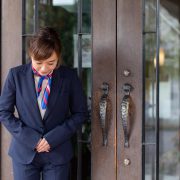

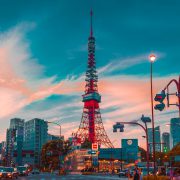


Leave a Reply